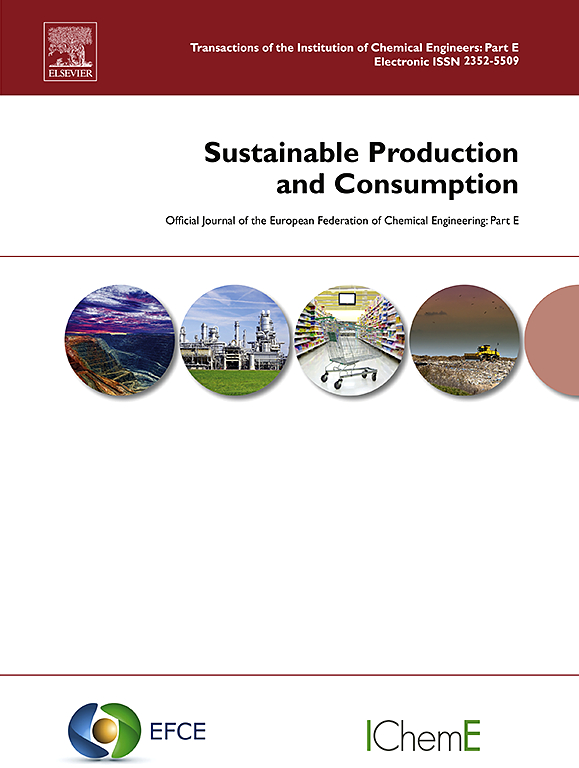Opportunities and challenges of implementing circular economy in the medical device sector in Germany
IF 9.6
1区 环境科学与生态学
Q1 ENVIRONMENTAL STUDIES
引用次数: 0
Abstract
The United Nations’ Sustainable Development Goals emphasize the need for a transition towards a circular economy. In line with these global objectives, the European Union has introduced regulatory frameworks such as the Circular Economy Action Plan to promote resource efficiency and waste reduction across industries. This includes the medical device sector, where circularity efforts must be balanced with strict safety requirements for patients and staff. This study explores the specific barriers and incentives influencing the adoption of circular economy strategies within the German medical device industry. Qualitative, semi-standardized interviews were conducted with nine stakeholders – manufacturers and professional users of medical devices – who evaluated various circularity approaches in the medical device sector. From their assessments, barriers and opportunities were extracted. The findings indicate that besides challenges such as regulatory requirements and high costs, many small inconveniences may also influence the decision against existing circular products, many of which can be summarized as low ease of use. In this study, the potential of circularity approaches aiming for separation and recycling of single-use waste seems higher than those involving reusable products. The greatest opportunity to promote circular economy lies in cross-sector collaboration and exchange that may result in material innovation or economic incentives.
德国医疗器械行业实施循环经济的机遇与挑战
联合国的可持续发展目标强调了向循环经济过渡的必要性。与这些全球目标一致,欧盟已经引入了诸如循环经济行动计划等监管框架,以促进各行业的资源效率和减少废物。这包括医疗器械部门,在该部门,循环工作必须与对患者和工作人员的严格安全要求相平衡。本研究探讨了影响德国医疗器械行业采用循环经济战略的具体障碍和激励措施。与九个利益相关者(医疗器械的制造商和专业用户)进行了定性、半标准化访谈,他们评估了医疗器械部门的各种循环方法。从他们的评估中提取出障碍和机会。研究结果表明,除了监管要求和高成本等挑战外,许多小的不便也可能影响对现有循环产品的决定,其中许多可以概括为易用性低。在这项研究中,旨在分离和回收一次性废物的循环方法的潜力似乎高于那些涉及可重复使用产品的循环方法。促进循环经济的最大机会在于跨部门的合作与交流,这可能导致物质创新或经济激励。
本文章由计算机程序翻译,如有差异,请以英文原文为准。
求助全文
约1分钟内获得全文
求助全文
来源期刊

Sustainable Production and Consumption
Environmental Science-Environmental Engineering
CiteScore
17.40
自引率
7.40%
发文量
389
审稿时长
13 days
期刊介绍:
Sustainable production and consumption refers to the production and utilization of goods and services in a way that benefits society, is economically viable, and has minimal environmental impact throughout its entire lifespan. Our journal is dedicated to publishing top-notch interdisciplinary research and practical studies in this emerging field. We take a distinctive approach by examining the interplay between technology, consumption patterns, and policy to identify sustainable solutions for both production and consumption systems.
 求助内容:
求助内容: 应助结果提醒方式:
应助结果提醒方式:


